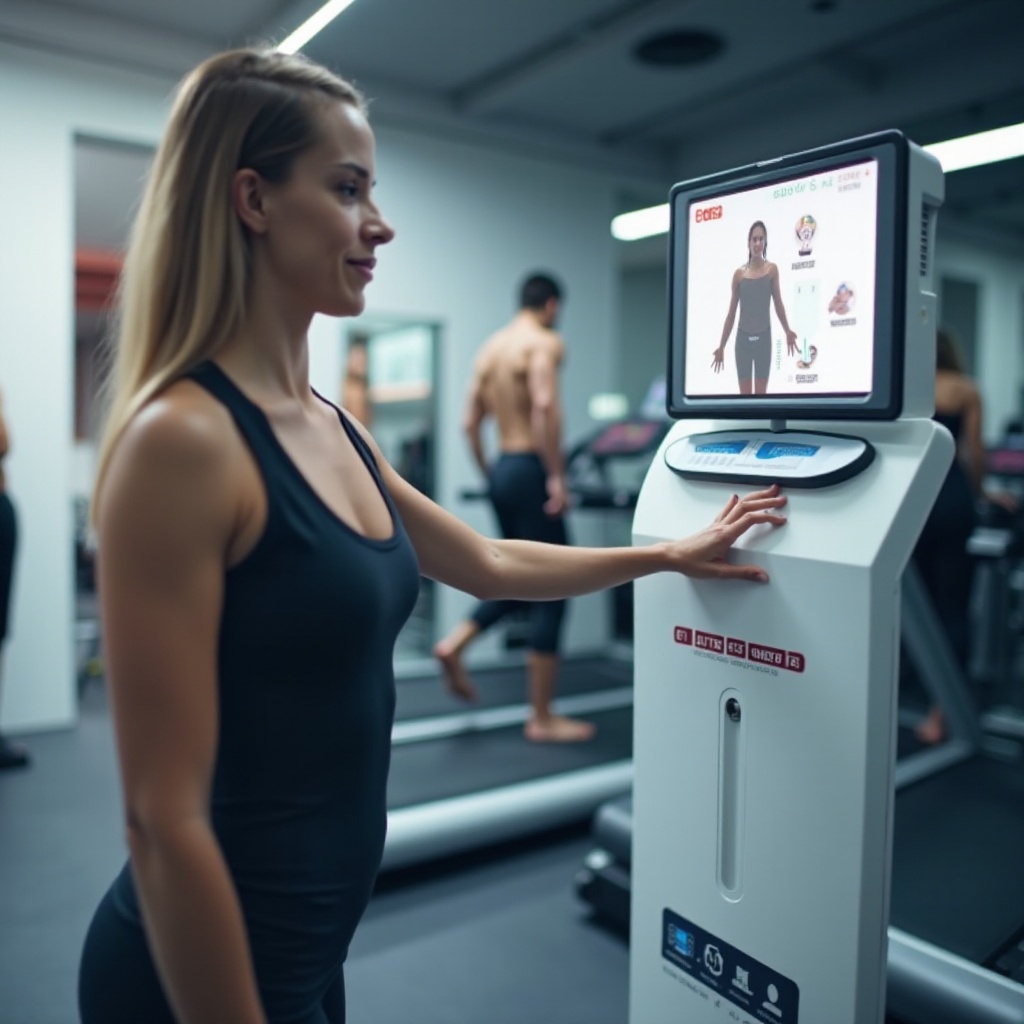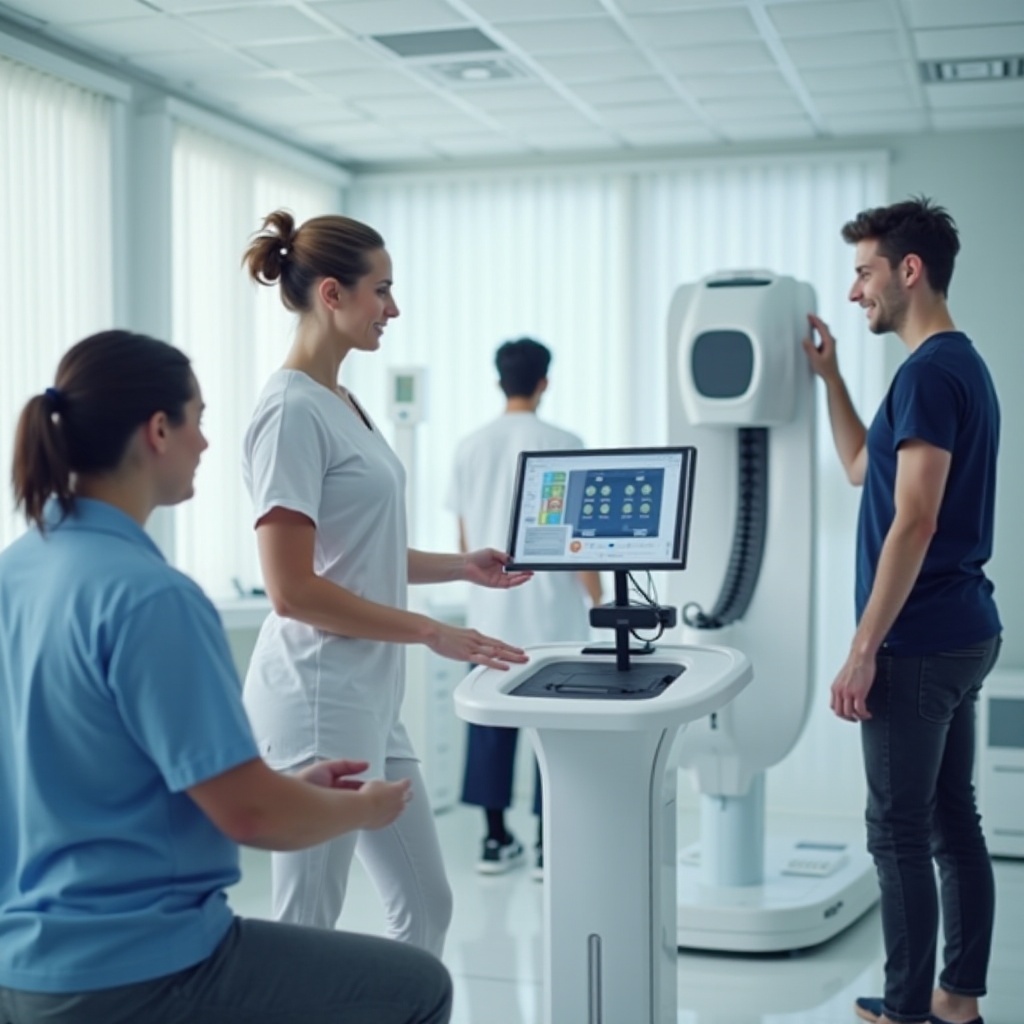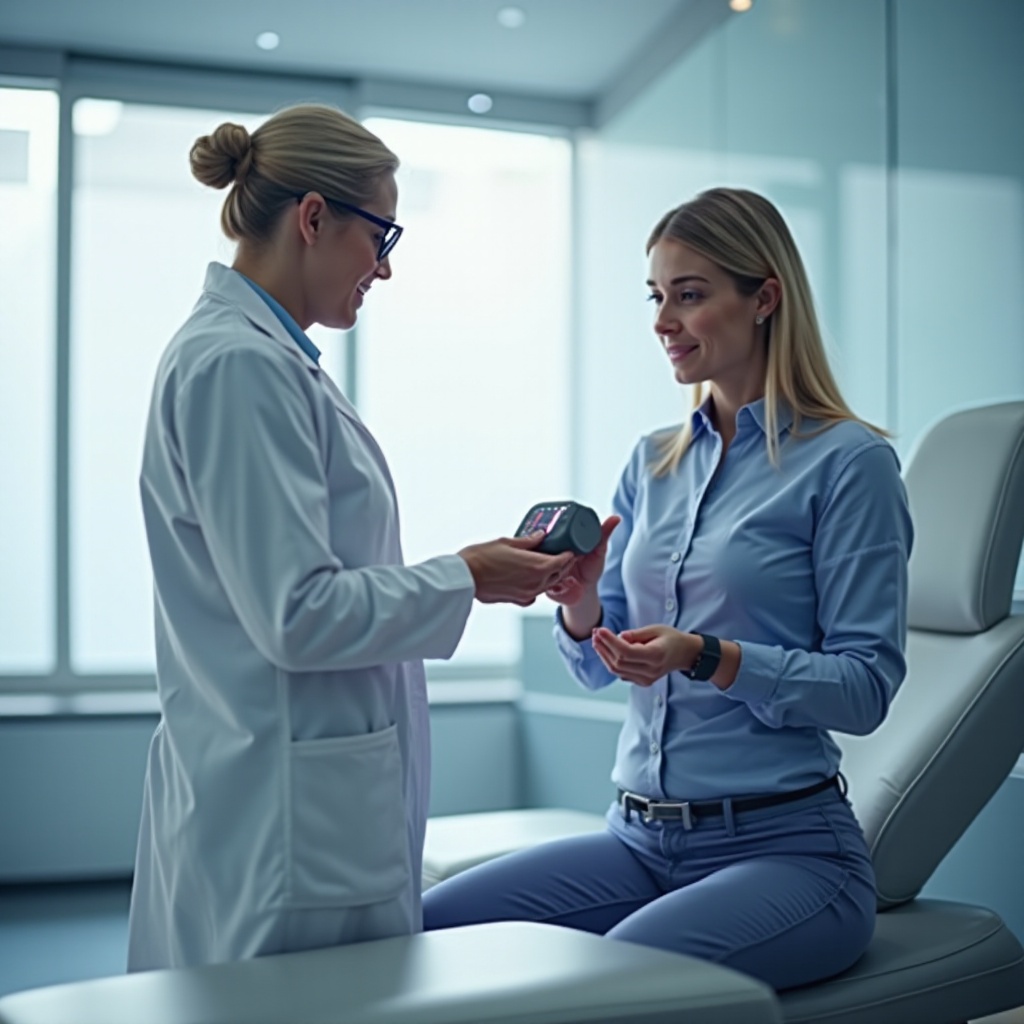Introduction
Body fat scanners have become widely used for health and fitness assessments. These devices can provide valuable insights into an individual’s body composition, helping them understand their body fat percentage and overall health. Understanding how these scanners work is crucial for making informed decisions about your health and fitness routine.

Types of Body Fat Scanners
Body fat scanners come in various types, each using different technologies to measure body fat. The most common types include:
- Bioelectrical Impedance Analysis (BIA)
- Dual-Energy X-Ray Absorptiometry (DEXA)
- Near-Infrared Interactance (NIR)
- Hydrostatic Weighing
- Air Displacement Plethysmography (Bod Pod)
How Each Type of Body Fat Scanner Works
Bioelectrical Impedance Analysis (BIA)
BIA is one of the most prevalent methods due to its ease of use and affordability. It works by sending a small, harmless electrical current through the body. Since fat and muscle have different resistances to the electric current, the device can estimate body composition based on the resistance encountered.
Dual-Energy X-Ray Absorptiometry (DEXA)
DEXA, a highly accurate method, involves lying on a table as a machine passes low-dose X-rays through your body. These X-rays provide detailed images that distinguish between bone, fat, and muscle, allowing for precise body composition analysis.
Near-Infrared Interactance (NIR)
NIR scanners use infrared light to measure body fat. The device emits infrared light into specific body areas, typically the biceps. By analyzing the light that bounces back, the machine estimates the amount of subcutaneous fat in the scanned region.
Hydrostatic Weighing
Hydrostatic weighing, also known as underwater weighing, involves submerging an individual underwater to measure body density. Since fat is less dense than muscle and water, the method calculates body fat percentage based on the volume of water displaced during submersion.
Air Displacement Plethysmography (Bod Pod)
Bod Pod uses air displacement instead of water. The individual sits in an enclosed chamber, and the device measures how much air is displaced by their body. This measurement helps calculate body density and, subsequently, body fat percentage.

Accuracy and Reliability of Body Fat Scanners
While all of these methods can provide insightful data, their accuracy and reliability can vary:
1. BIA is widely accessible and easy to use but can be less accurate due to hydration levels and other factors.
2. DEXA scans are highly accurate but involve exposure to low levels of radiation and are more costly.
3. NIR is less accurate compared to other methods and may only provide estimates for certain body parts.
4. Hydrostatic weighing is considered very reliable but can be inconvenient and uncomfortable.
5. Bod Pod provides accurate measurements similar to hydrostatic weighing but in a more comfortable and quicker manner.
Before selecting a method, it’s essential to consider factors like convenience, cost, and required accuracy.
Practical Uses and Benefits of Body Fat Measurement
Understanding body fat measurement is not just about numbers; it has practical implications for overall health and fitness plans. Let’s delve into how these measurements can be practically applied and their benefits:
- Health Assessments: Understanding body fat percentage helps in assessing overall health risks, including heart disease and diabetes.
- Fitness Tracking: Monitoring body fat percentage can provide a more accurate picture of physical progress than weight alone.
- Nutritional Planning: Body composition data can help dietitians and fitness professionals create personalized nutrition and workout plans.
- Motivation: Seeing direct changes in body composition can motivate individuals to continue with their fitness routines.

Conclusion
Body fat scanners offer valuable insights into health and fitness. By understanding how different types of scanners work and their respective accuracies, individuals can make informed decisions about which method suits their needs.
Frequently Asked Questions
How often should you use a body fat scanner?
For those on a fitness journey, it is recommended to use a body fat scanner every 4-6 weeks to track progress and make necessary adjustments to workout or nutrition plans.
Can body fat scanners be used at home?
Yes, several body fat scanners, such as handheld BIA devices, are designed for home use. These can provide regular updates on body composition, although they might be less accurate than professional-grade equipment.
What factors can affect the accuracy of body fat scanners?
Various factors can impact the accuracy of body fat scanners, including hydration levels, recent exercise, food intake, and even the time of day. It’s essential to follow the manufacturer’s guidelines for the most accurate results.